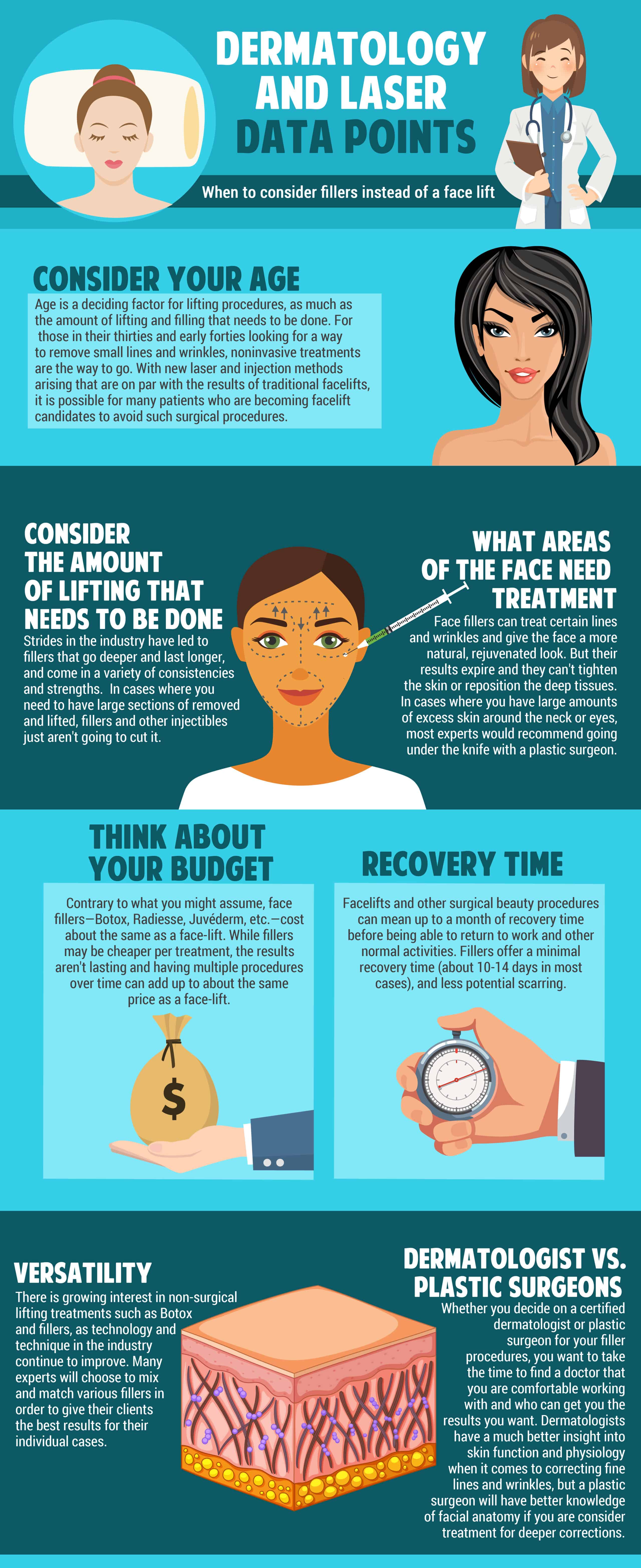Authored By-Hatfield Key
When it concerns your child's eye wellness, understanding how pediatric ophthalmologists diagnose and treat usual conditions is vital. These experts utilize customized techniques to make eye tests involving for kids, guaranteeing a complete analysis. Conditions like strabismus and amblyopia call for cautious attention, and the therapy options can differ dramatically. Yet what methods do they make use of, and exactly how do they make a decision the most effective strategy? Let's explore the process additionally.
Common Youth Eye Issues and Their Signs
When you understand the common childhood eye conditions, you can better acknowledge the signs that may indicate a trouble.
Problems like strabismus, where one eye may kip down or out, can influence your youngster's depth assumption. Amblyopia, or lazy eye, could cause one eye to appear weak, typically going unnoticed.
If Child's Opthalmologist complains of headaches or squints often, it can show refractive mistakes like nearsightedness or farsightedness. Allergies might trigger redness and irritation, while conjunctivitis can bring about release and discomfort.
Keep an eye out for signs of uncommon eye movement or difficulty focusing, as these can indicate more major concerns. Early recognition helps make certain prompt treatment and ideal vision development for your child.
The Function of Pediatric Ophthalmologists in Medical Diagnosis
Pediatric ophthalmologists play a crucial duty in identifying eye problems in kids, making sure that problems are determined early for efficient treatment. They utilize specialized techniques to evaluate visual acuity, eye placement, and overall eye wellness. By performing comprehensive eye exams, they can identify typical issues like strabismus, amblyopia, or refractive errors.
You'll discover that these experts are competent at involving with children, making the evaluation procedure much less daunting. They typically utilize age-appropriate tools and methods to guarantee exact evaluations.
Moms and dads are urged to share any type of worries about their youngster's vision or behavior. Early medical diagnosis is crucial, as it allows for timely intervention, which can significantly improve results for your kid's visual wellness.
Treatment Options and Approaches for Eye Issues
After identifying eye problems via complete analyses, therapy choices and strategies become the following focus.
Depending on the diagnosis, pediatric ophthalmologists might recommend different strategies. For refractive mistakes, glasses or call lenses are commonly the initial line of treatment. If a child has strabismus, eye muscular tissue surgery may be needed to align the eyes correctly.
In cases of amblyopia, additionally referred to as lazy eye, covering the more powerful eye can help strengthen the weak one. Medicine may be prescribed for conditions like conjunctivitis or allergies.
Routine follow-ups ensure that the therapy is effective and modifications can be made as needed. Each child's requirements are unique, so tailored strategies play an essential function in effective management.
Conclusion
To conclude, pediatric eye doctors play a critical role in determining and dealing with youth eye problems. By identifying symptoms early and making use of specialized techniques, they ensure that your kid obtains the most effective treatment possible. Whether it's via glasses, patching, or other treatments, timely treatment can make a considerable difference in your child's visual development. Rely on Pediatric Ophthalmology to aid protect your child's eye health and wellness and sustain their overall wellness.

